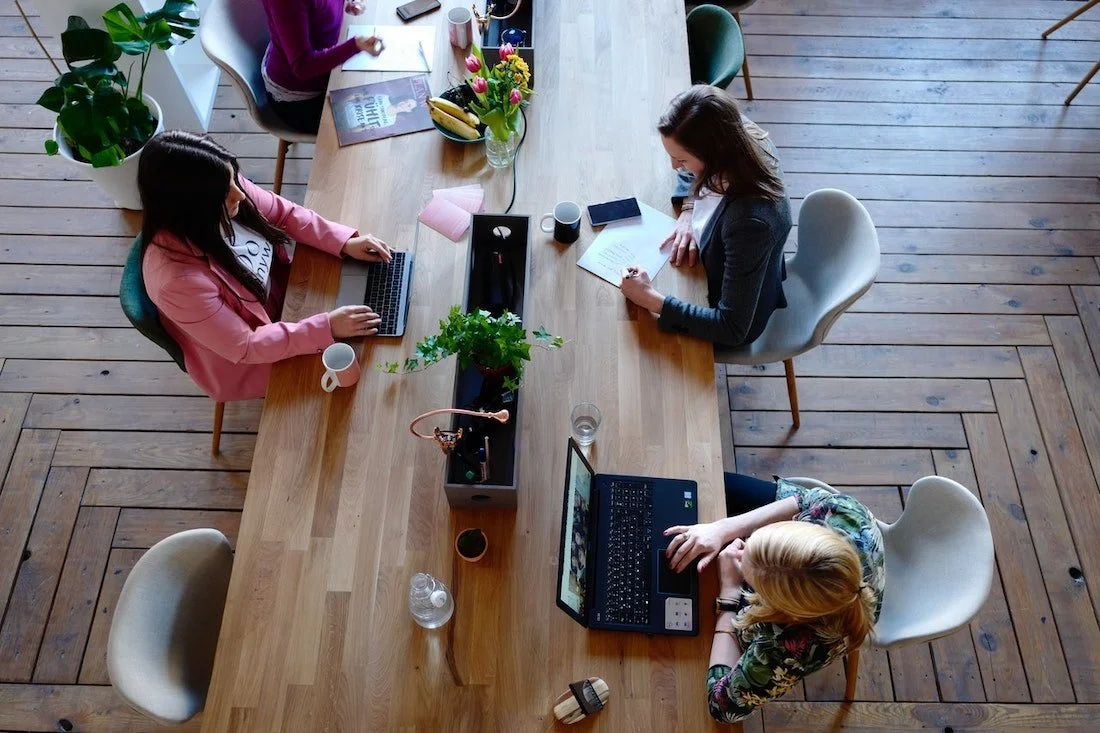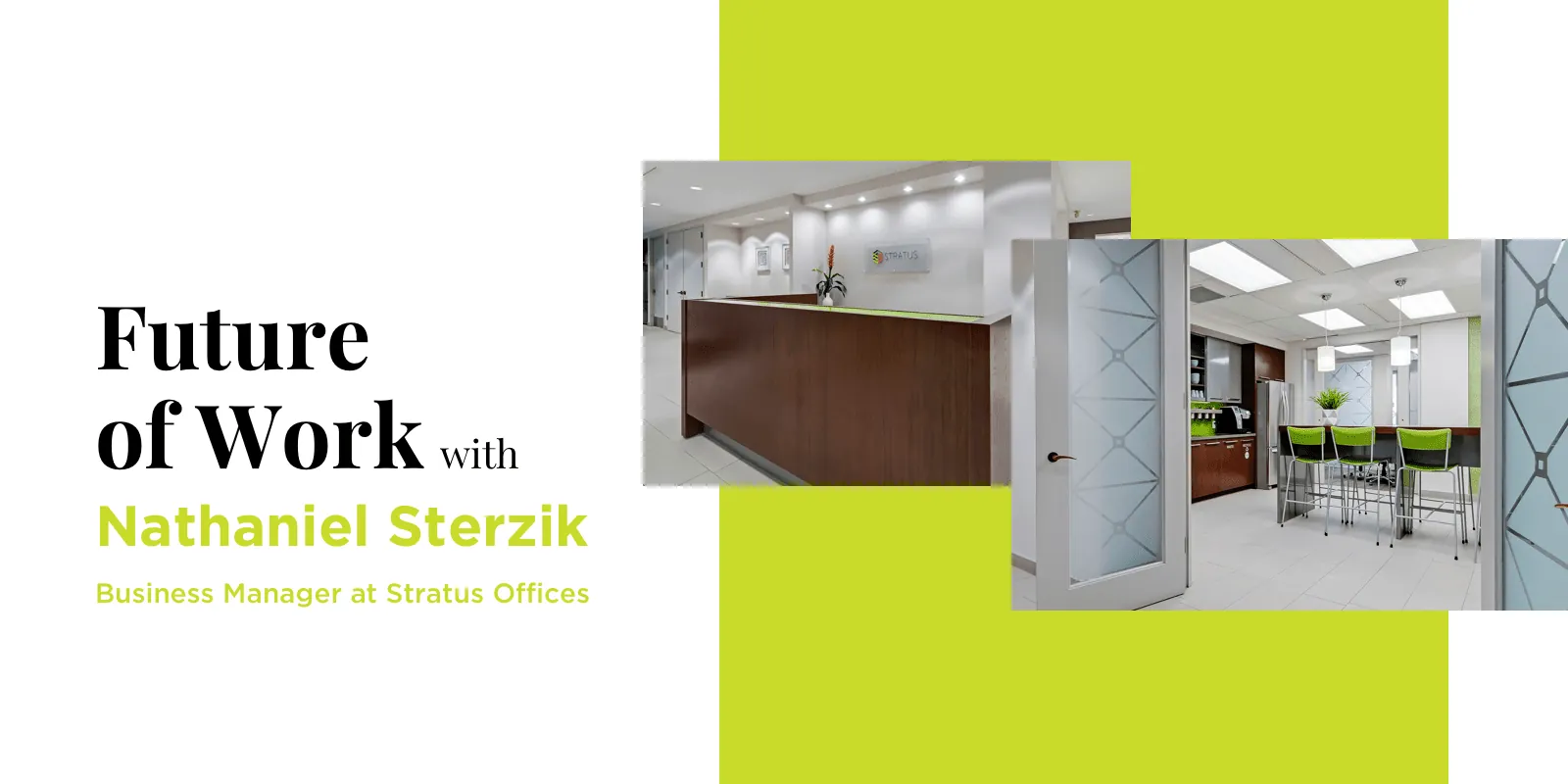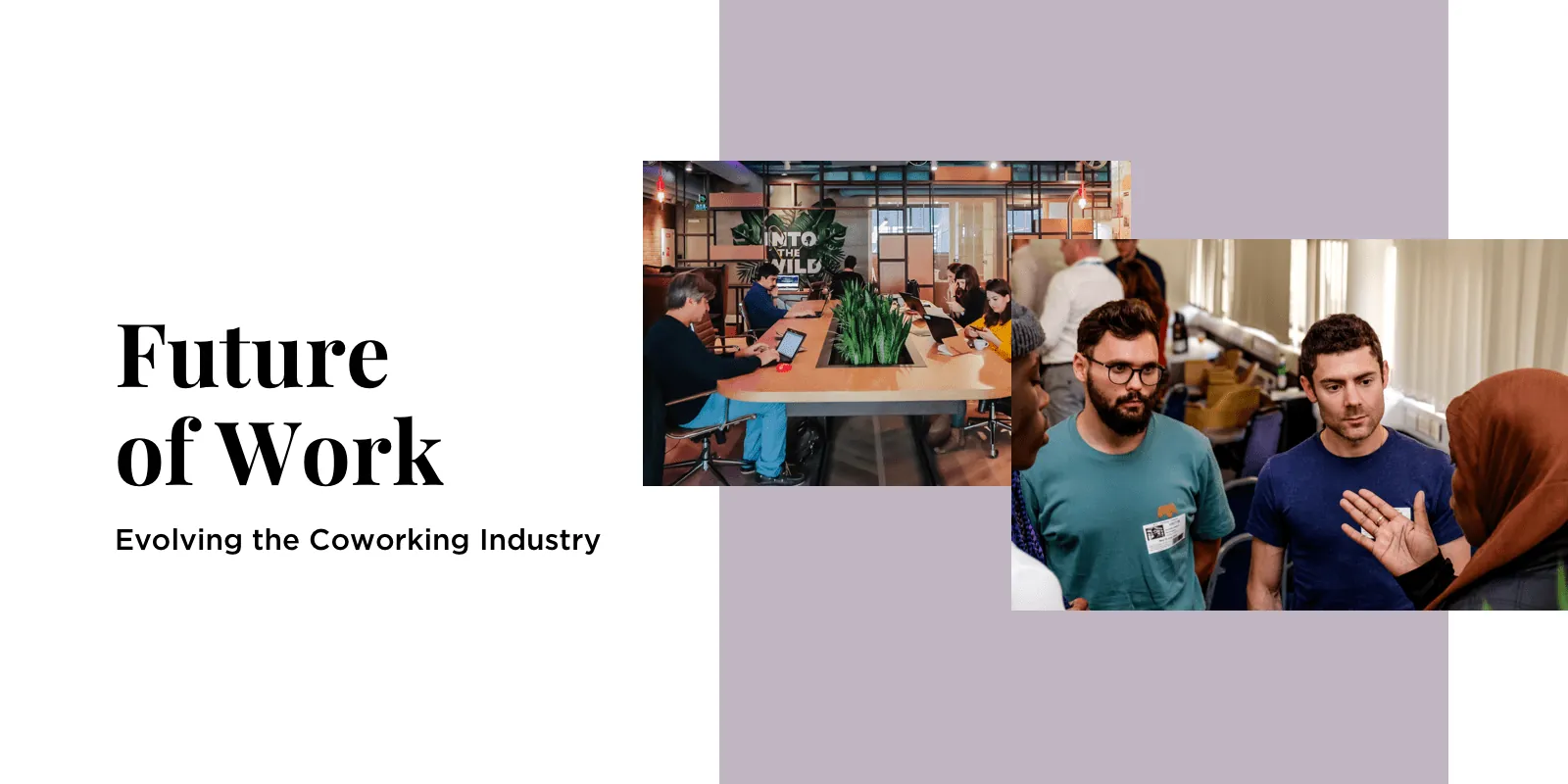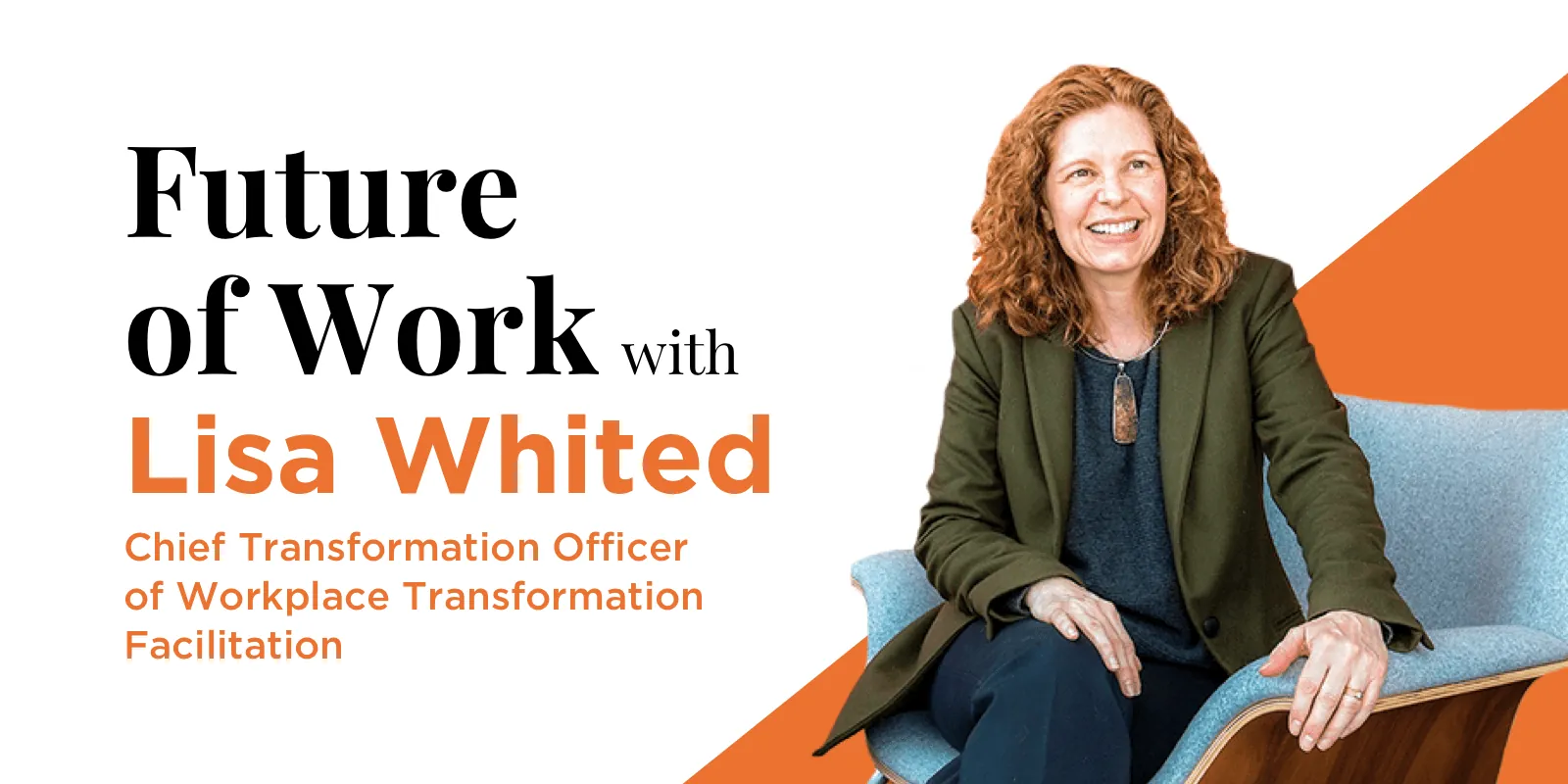
I recently sat down with Lisa to learn more about her company Workplace Transformation Facilitation, a team of collaborators who transform workspaces to improve employee engagement and happiness.
Founding workplace transformation facilitation
Lisa’s passion in employee happiness runs deep. At the age of sixteen, she landed her first job scooping ice cream for Baskin Robbins. When asked why she wanted the job, she responded: “people who come buy ice cream are happy and I want to be around happy people.” Since then she’s never looked back. Lisa has built her passion for people’s happiness at work into an impressive career.
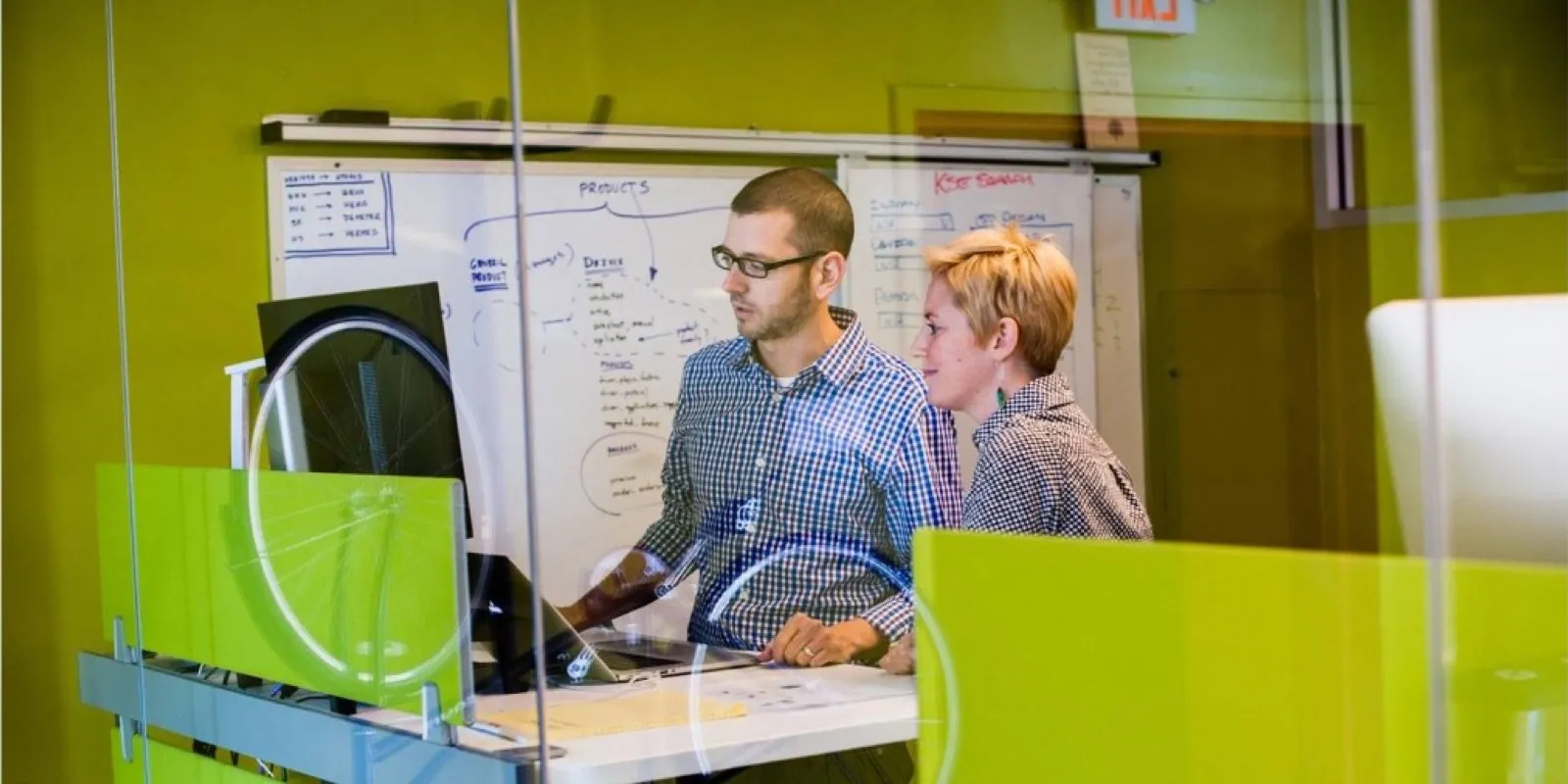
Her company, WTF, is a consortium of twelve independent collaborators. Working remotely, each collaborator is an entrepreneur and specialist in his/her chosen field. Lisa’s cohorts focus on everything from social media to evidence-based research, environmental branding to cost estimators; the list goes on. The overarching goal of WTF is to answer the question: What can we do collectively to create places where people can’t wait to show up?
Lisa’s team answers this question by considering two main opportunities for innovation: making physical changes to a space and engaging employees.
Keys to successful transformation
An organization succeeds when their leader is clear on where they want to go (and why). A leader with a clear vision focuses on creating legacy and lasting impact. The first step for Lisa’s team is helping leaders to clarify this vision. The next step is developing a plan to communicate it out to their team.
Engaging the employees in the process is essential. Through surveys, conversations, and focus groups, Lisa’s team draws inspiration from the employees themselves. Engaging the employees in the change that’s going to happen in the workplace empowers them and enrolls them in the process, which leads to a higher chance of establishing lasting changes within an organization.
Sound absorbing materials and working together agreements
There’s a recent trend in which many blindly condemn the open office concept for being too loud and distracting. This is one of Lisa’s frustrations. Many fail to realize that a few simple tweaks can dramatically improve productivity.
Architecturally, there are two simple solutions. Many open offices have high ceilings and lots of hard materials such as concrete and hardwood. These materials cause sound to bounce everywhere. Adding NRC–or noise reduction coefficient–ceiling tile (.85 and higher) or acoustical spray foam will help absorb bouncing sound. Lisa also recommends adding in pink noise. Like white noise, pink noise dulls out mechanical sounds (such as printers or keyboards). Pink noise goes one step further and also works to cover the human voice.
“It’s not just a mechanical air-handling system, but it’s designed so that it will cover me talking. Yes, you’ll still hear me talking, but you won’t hear every single word and that’s the distraction in the workforce.”Lisa Whited
Sometimes, management hasn’t spent enough time considering how people interact in the space. Lisa views this oversight as a common, yet major roadblock. In these cases, Lisa and her team help companies design a “working together agreement.” What might go into a document like this? Lisa shared a common example.
Consider that two employees engage in an impromptu conversation at someone’s desk. After two minutes of conversation, they realize they still have more to discuss. At this point, they agree to move their conversation to avoid distracting nearby coworkers. (And, every open office space needs to provide private huddle or solo rooms for anyone to use, regardless of his/her title in the organization.)
Deciding on these rules as a group and writing them down helps everyone hold each other accountable. A working together agreement empowers everyone to enforce these rules, regardless of seniority. This in turn reduces tension and toxic, passive-aggressive tendencies.
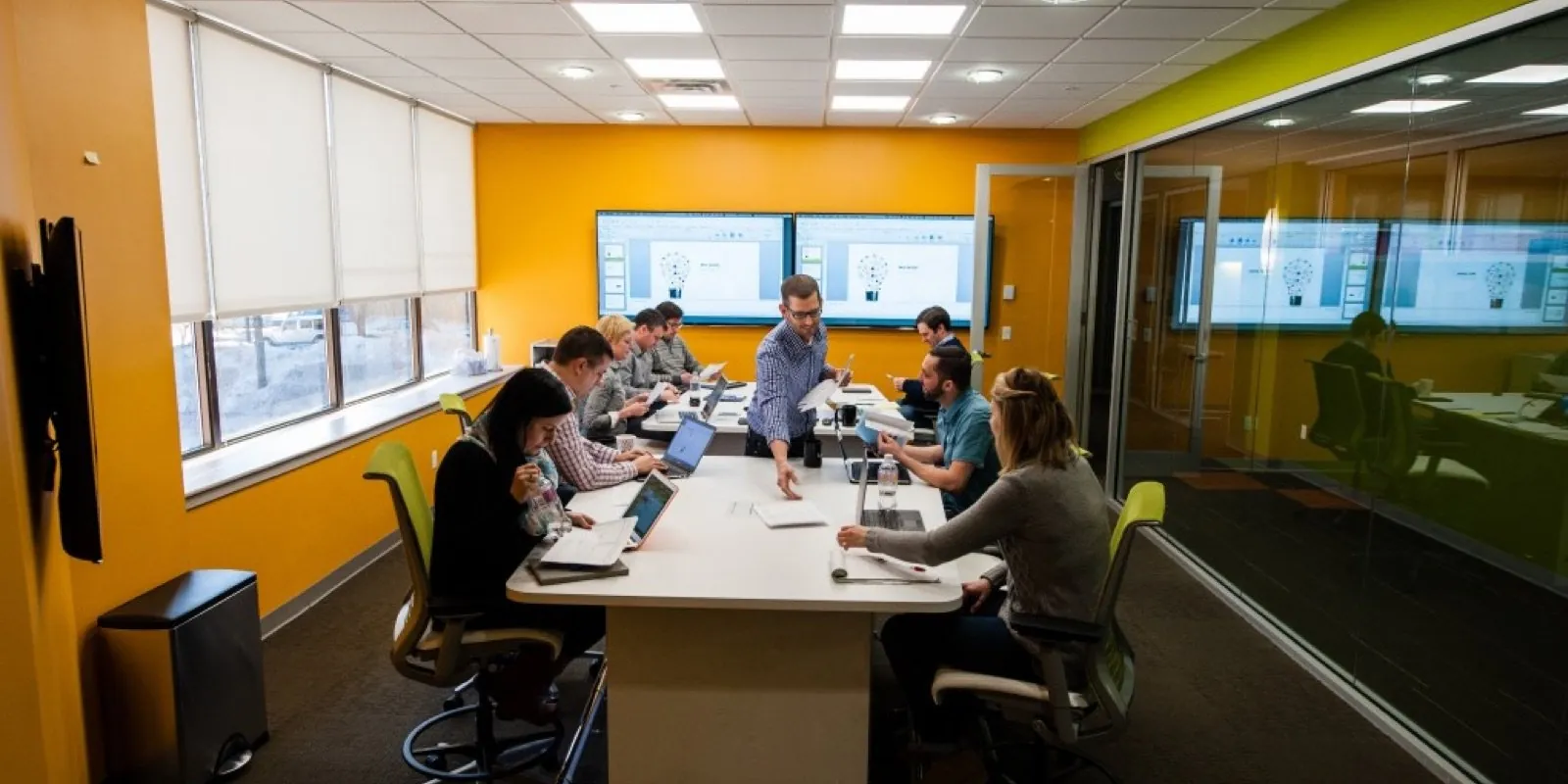
Willing to fail
WTF can also stand for willing to fail. Lisa recognizes that great innovation often comes from the willingness to try something new. Sometimes this works, and sometimes it doesn’t. Equally important is deciding to pivot when expectation doesn’t match up with reality.
“We worked with a large organization that wanted to have a multi-purpose space, a really cool open space with lots of windows and natural light…[with] very mobile, light weight furniture so you could have a couple of meetings going on at the same time in there because acoustics were paid attention to.”Lisa Whited
On paper, this space seemed like a great idea. The problem was a lengthy set of rules. Management developed rules about how the space could be used and distributed them to employees. Ultimately, this overwhelmed them. Unsure whether their intended activity would break the rules, they subconsciously avoided the space instead. This is a perfect example of a design idea too focused on the architecture and not enough on the people using the space. Lisa went on to say that if the employees had been the ones creating the rules, who knows. Maybe it would have made a world of difference.
Innovation happens when you’re doing something else
When helping some of her clients think outside the box, Lisa relies on this concept often. Taking a team out of their usual working environment can help get the creative juices flowing. Here’s her advice for companies seeking innovation.
“Rent some coworking space, move a team over there, let them be in a physically different space than they’ve been in [before], and see what kind of ideas come up. If you’re in a different setting and you’ve got other collaborators, other entrepreneurs doing their work, you could start having a discussion with a web developer and they share something that makes you think ‘oh god, we could apply that thinking to our product’ and epiphany happens.”Lisa Whited
One of the biggest opportunities Lisa seeks in the world of coworking? Managers of coworking spaces should start initiating these conversations. They should offer to host companies or nonprofits for a short period of time. It could lead to some exciting collaboration and innovation for both parties.
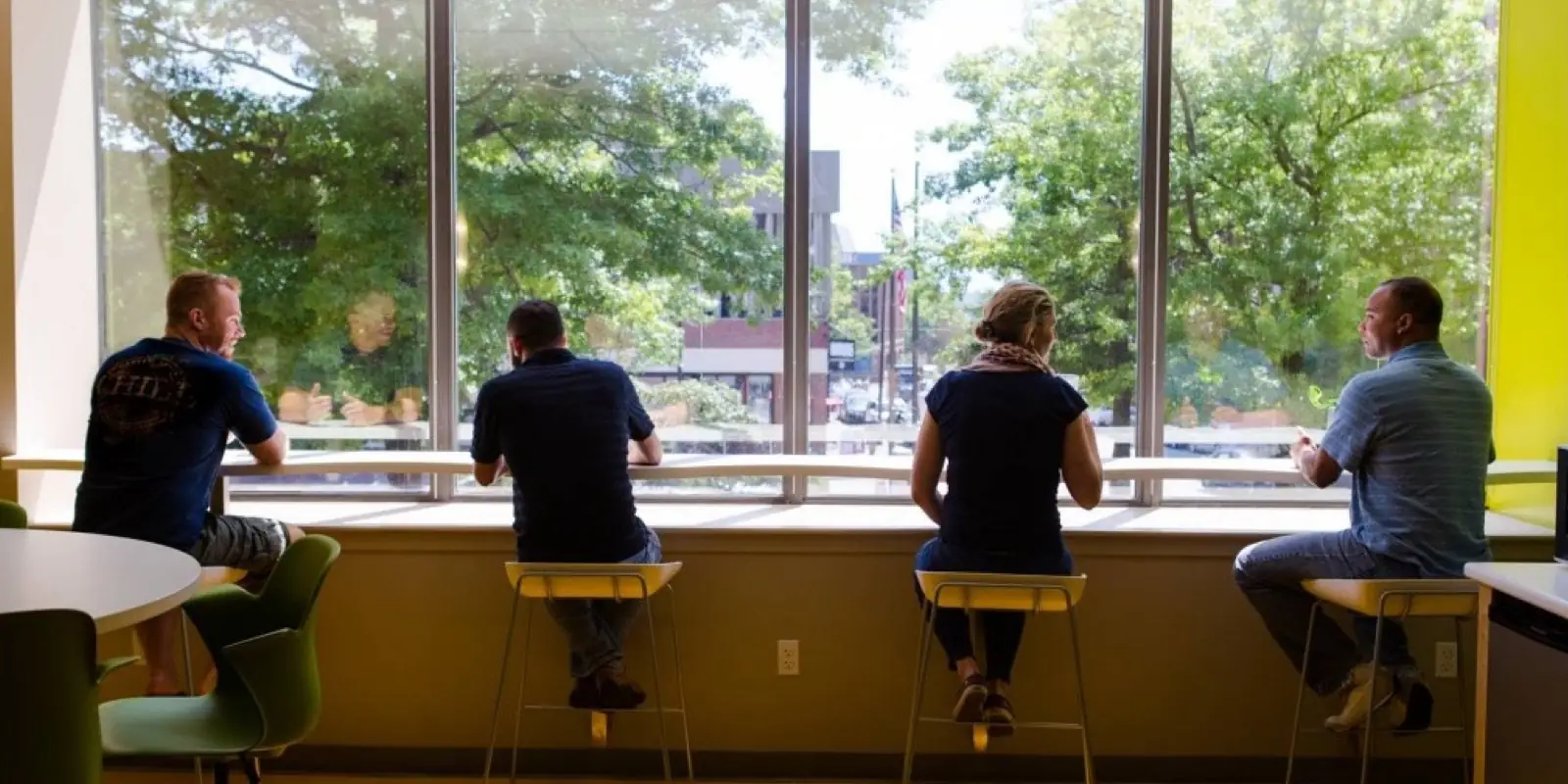
Speaking at NeoCon
We tracked Lisa down for a conversation because of her involvement in the upcoming NeoCon Conference. Lisa is a speaker at the conference, happening in Chicago next week. Here, we will debut our smart office concept and partnership with Kimball Office. We’re looking forward to connecting with both speakers and attendees. I asked Lisa to share a bit about her talk at NeoCon. She’ll be speaking along with collaborator Caren Martin, PhD on the topic of evidence-based design research.
The term “evidence based design research” is borrowed from the medical world. Medical professionals share their findings with the general medical field so that everyone benefits. This allows medical professionals to learn from one another. In Lisa’s eyes, this is invaluable and should be carried over into other industries, especially interior design and architecture. Lisa and Caren will be sharing the findings from one of their collaborative projects. They’ll share how they used evidence-based design research, why they believe it to be the future of work, and how they completed the project while working remotely.
To learn more about Lisa and WTF, visit her website.

